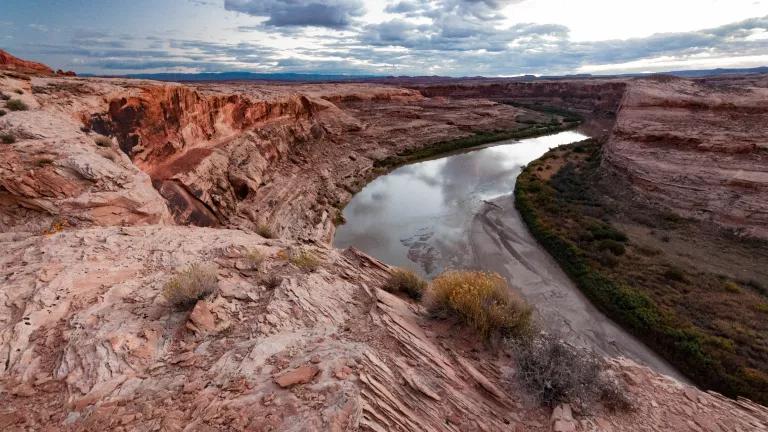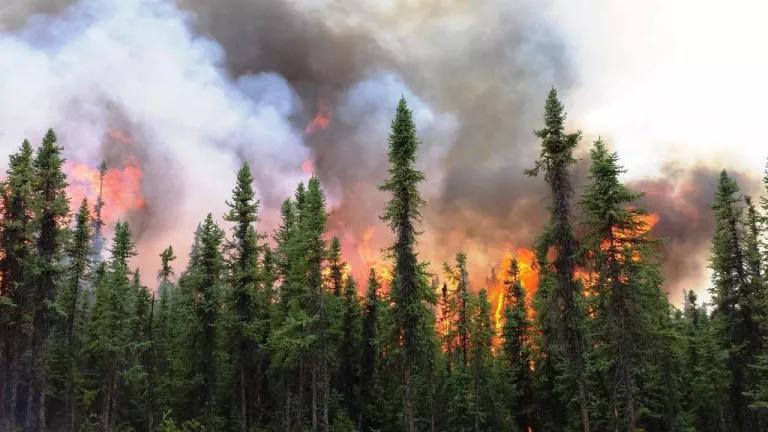The EPA Should Stop the Pebble Mine By Prohibiting or Restricting Discharges Associated with Large-Scale Mining in the Bristol Bay Watershed
The cool, shallow waters of Bristol Bay in southwestern Alaska are surrounded by tundra, crisscrossed by rivers, and dotted with lakes large and small. The Bristol Bay watershed is home to the world's greatest wild salmon fishery, with record runs exceeding 50 million fish annually. Salmon are the lifeblood of the region, supporting valuable fish-related economic activity ($1.5 billion annually and 14,000 jobs), Alaska Native subsistence culture, and a vast array of wildlife.
In December 2014, President Obama barred offshore oil and gas exploration and development activities in Bristol Bay, calling it "one of Alaska's most powerful economic engines and one of America's greatest national treasures" that is "too special and too valuable to auction off to the highest bidder." But large-scale mining continues to threaten the Bristol Bay watershed. Canadian-based Northern Dynasty Minerals (NDM) plans to develop and operate a gold, copper, and molybdenum mine -- Pebble Mine -- at the headwaters of the Bristol Bay watershed. Given the size of the deposit and its remote location, any mining operation will leave an immitigable footprint.
In January 2014, the EPA released its Watershed Assessment, a final scientific assessment of the Bristol Bay watershed that examined the potential impacts of large-scale mining on fish populations, wildlife, development, and Alaska Native communities. Even in a best case scenario -- without any leaks or failures -- Pebble Mine would destroy up to 94 miles of stream and eliminate up to 5,350 acres of wetlands. Worse, a tailings dam failure would be "catastrophically damaging" to the ecosystem and fisheries.





